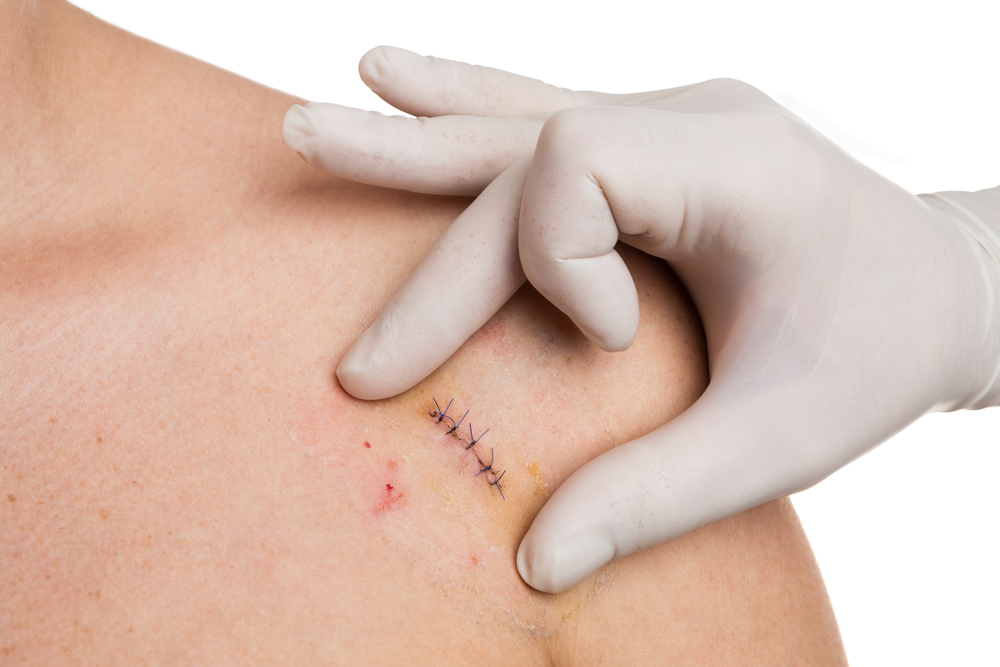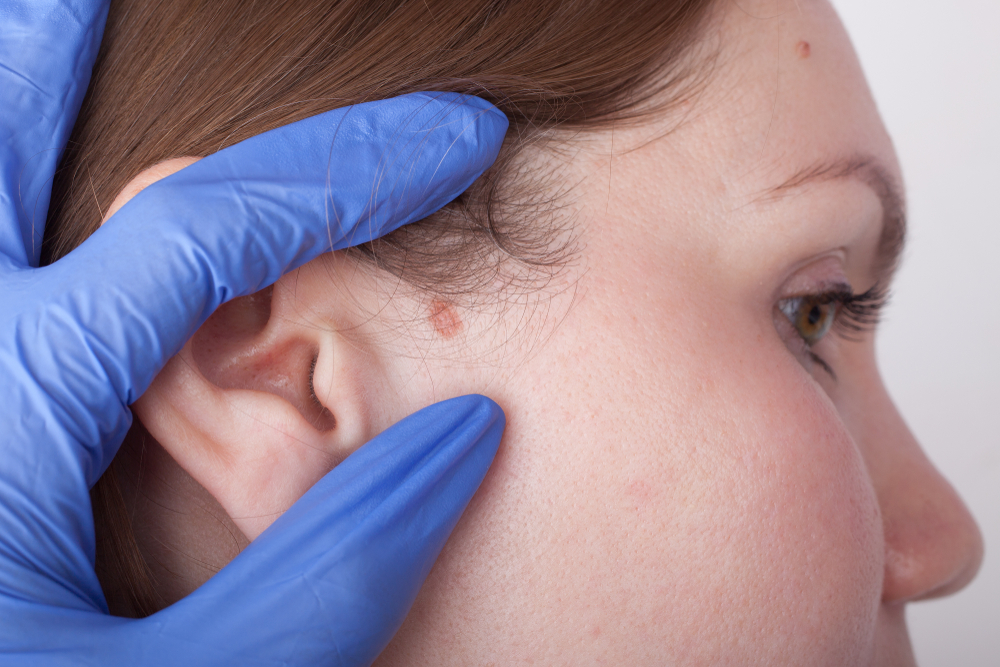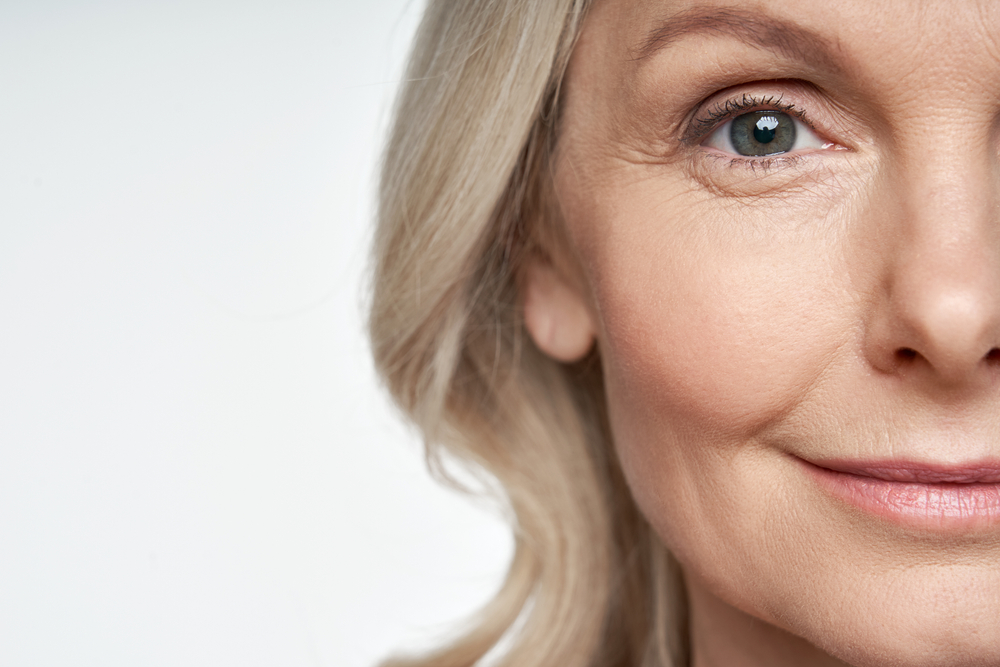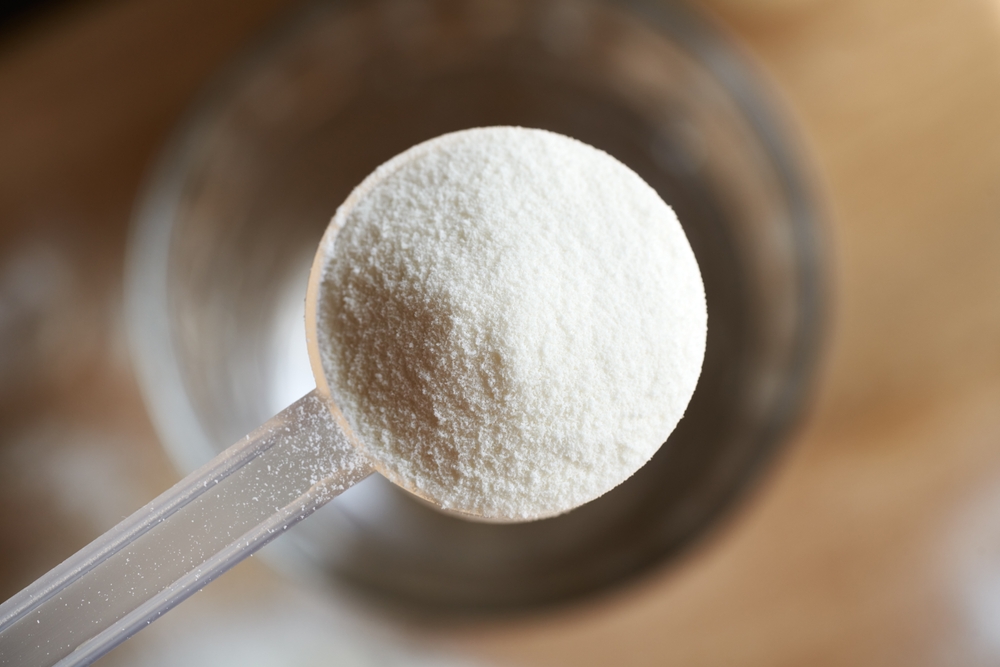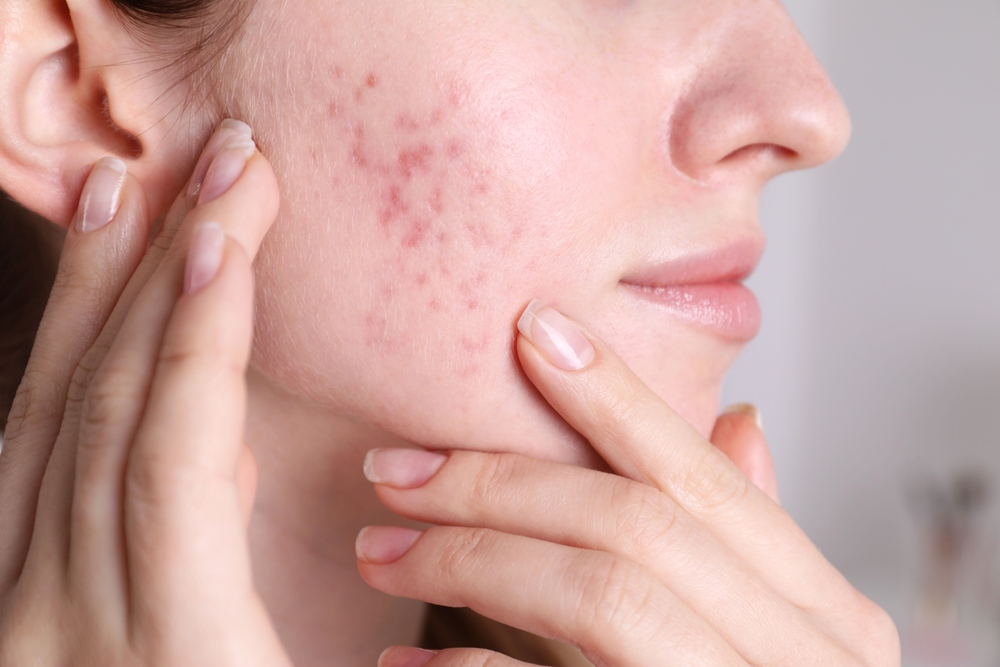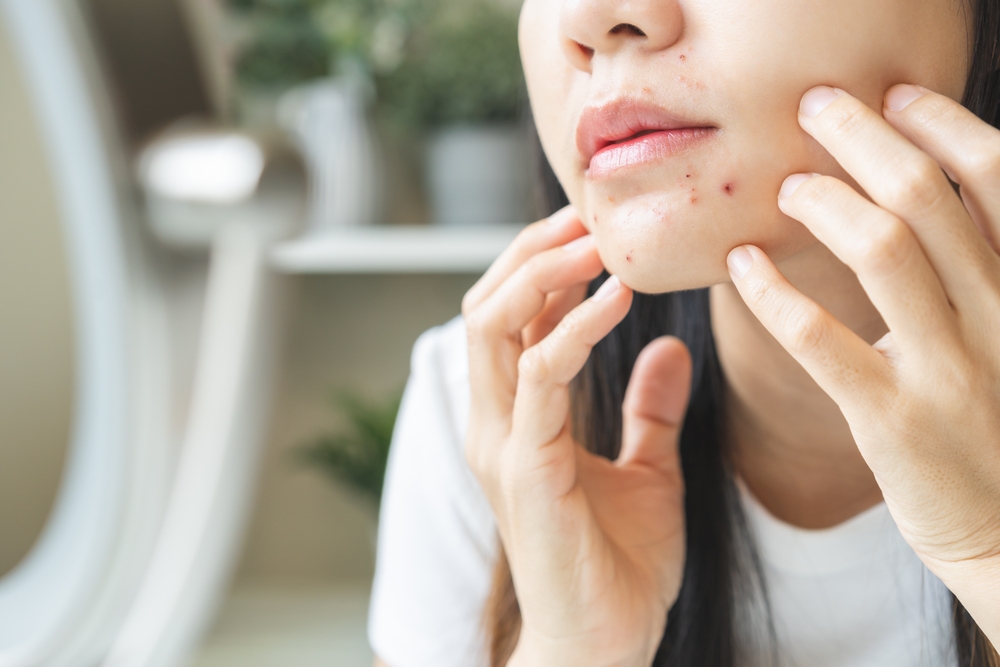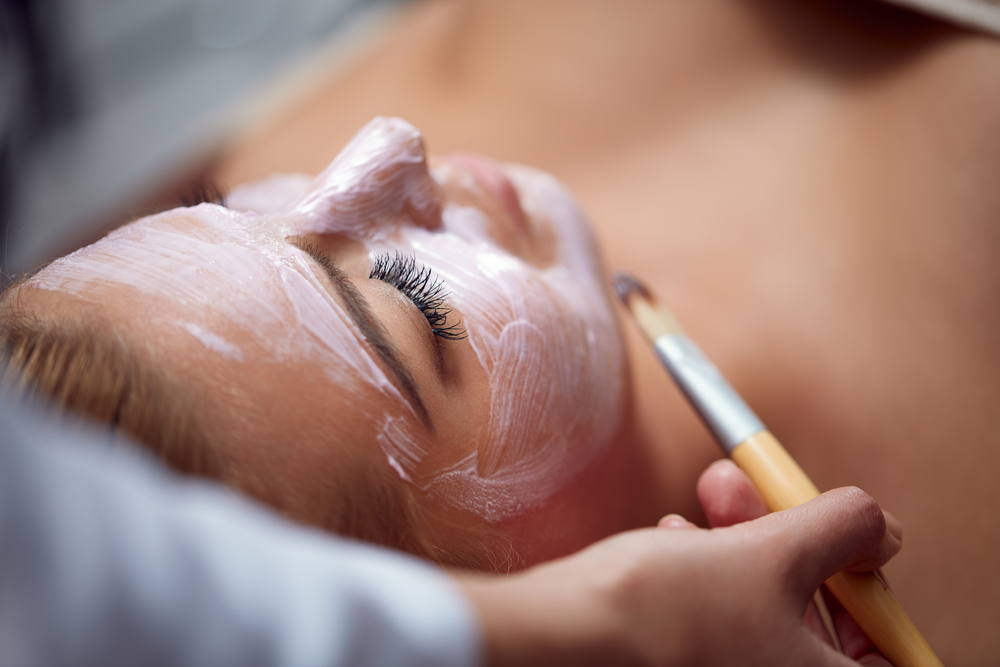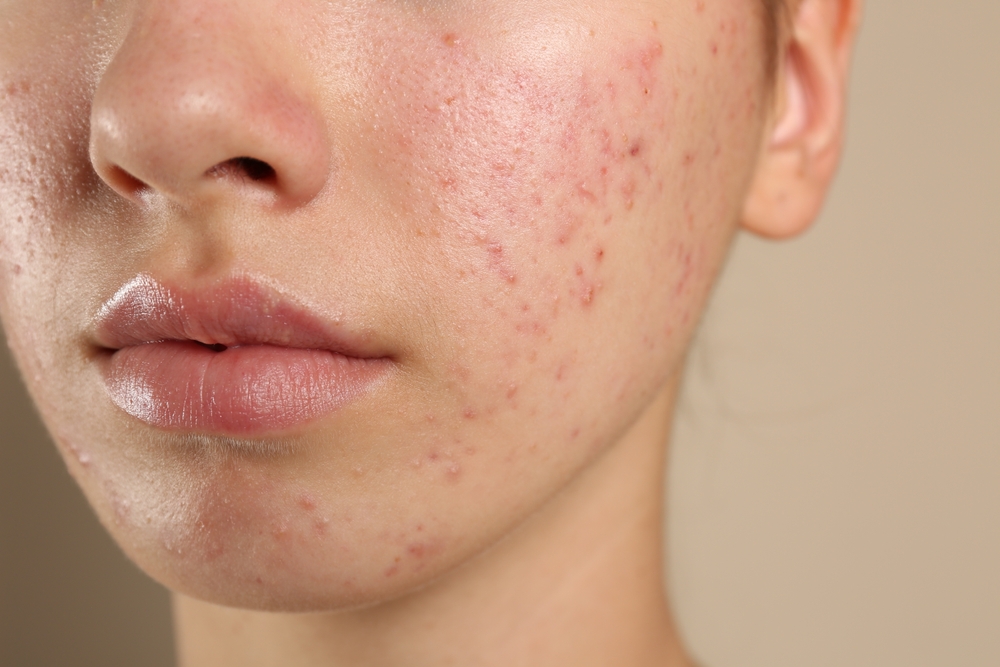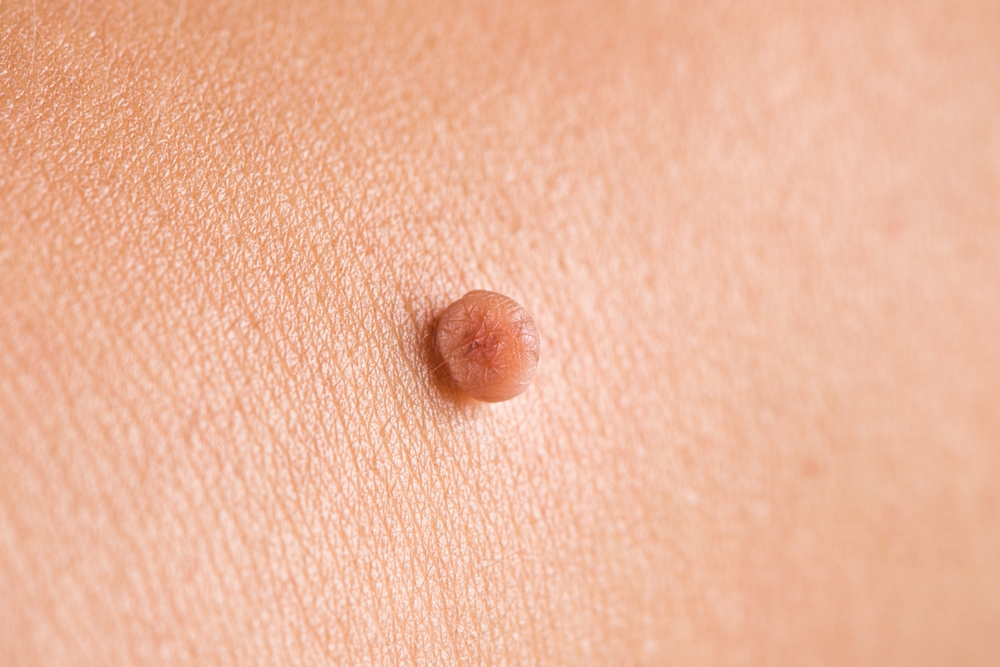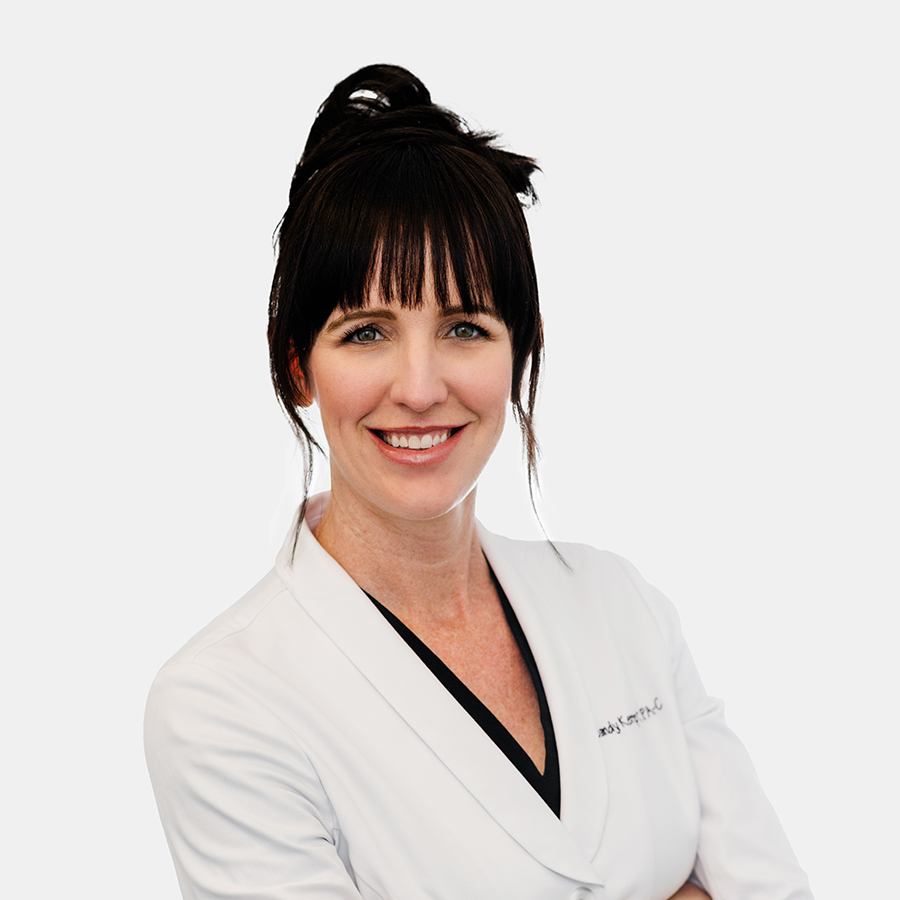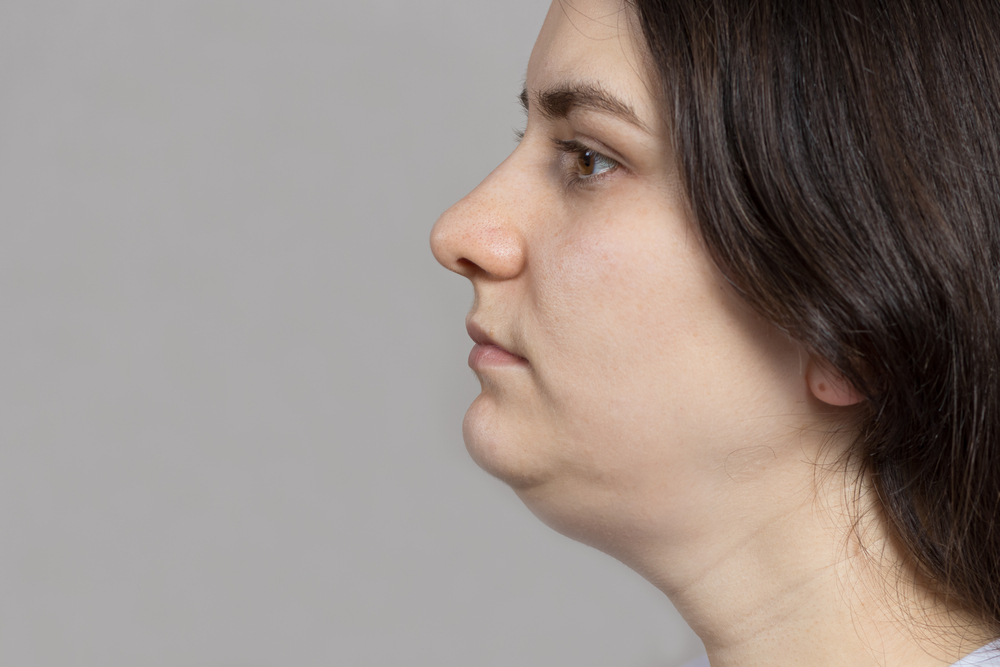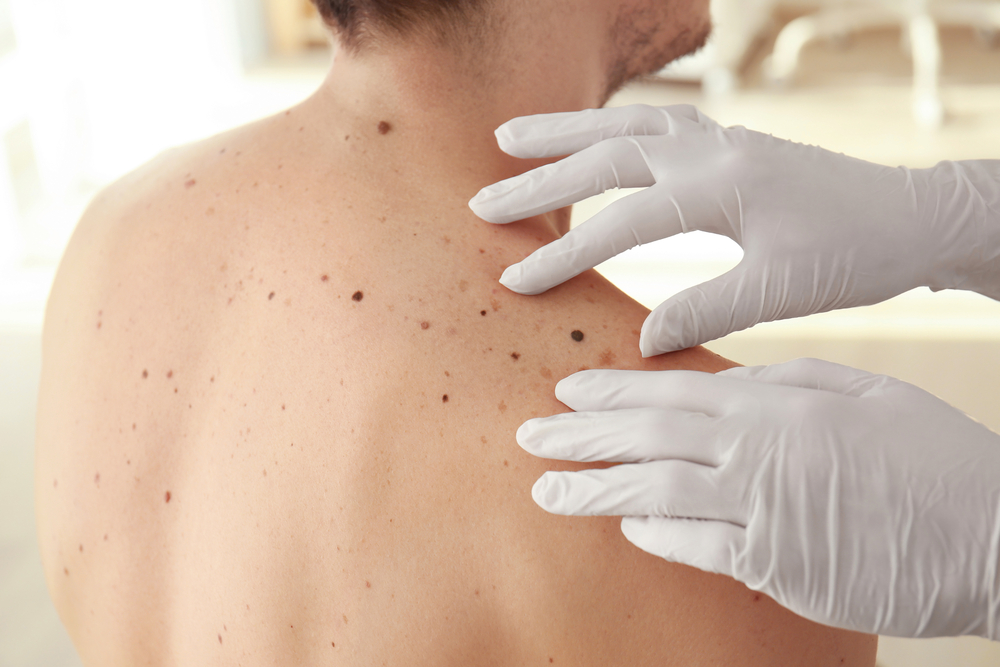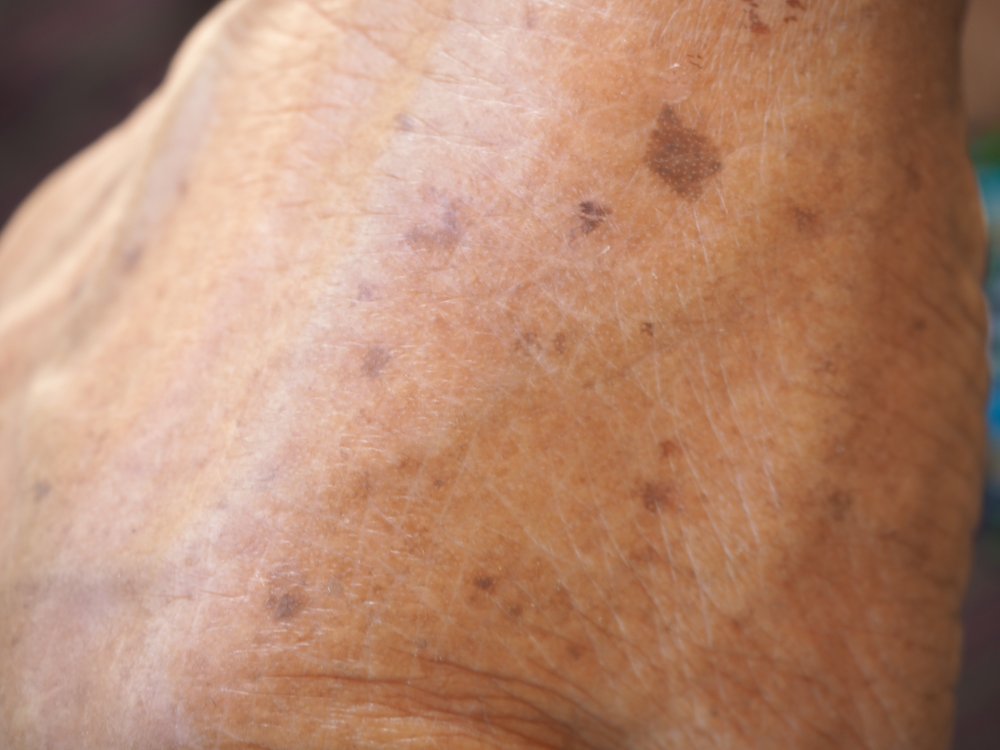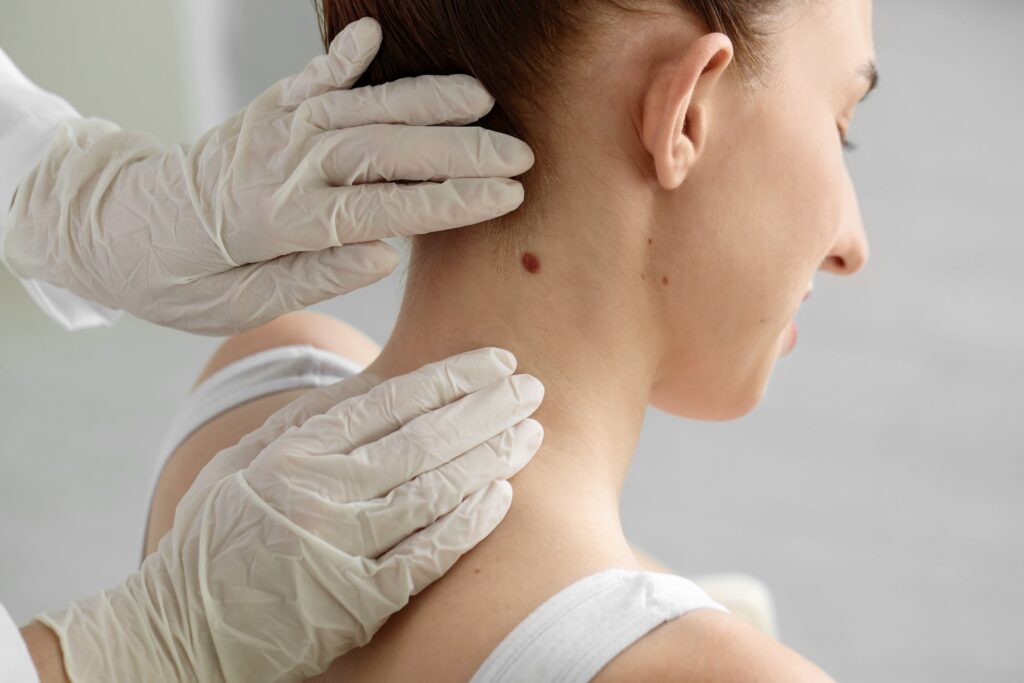Heading 2
Lorem ipsum dolor sit amet, consectetur adipisicing elit. Nostrum minus ea suscipit porro alias corporis libero at. Perferendis omnis, veniam nemo beatae vel? Tempora numquam a repellat eaque natus, magnam?
Heading 2
Lorem ipsum dolor sit amet, consectetur adipisicing elit. Autem ipsum mollitia neque, illum illo excepturi, eum incidunt fugit nostrum est, voluptate eaque minima corporis debitis at, dolores ipsam. Quaerat, dolores.
Heading 2
Lorem ipsum dolor sit amet, consectetur adipisicing elit. Autem ipsum mollitia neque, illum illo excepturi, eum incidunt fugit nostrum est, voluptate eaque minima corporis debitis at, dolores ipsam. Quaerat, dolores.
Heading 2
Lorem ipsum dolor sit amet, consectetur adipisicing elit. Autem ipsum mollitia neque, illum illo excepturi, eum incidunt fugit nostrum est, voluptate eaque minima corporis debitis at, dolores ipsam. Quaerat, dolores.
Heading 2
Lorem ipsum dolor sit amet, consectetur adipisicing elit. Autem ipsum mollitia neque, illum illo excepturi, eum incidunt fugit nostrum est, voluptate eaque minima corporis debitis at, dolores ipsam. Quaerat, dolores.
Achieving and maintaining bikini-ready skin doesn’t happen overnight. However, committing year-round to consistent and proper skincare habits can help. Many people seek last-minute solutions for skin concerns just weeks before beach season, often unaware that the most effective skin treatments require planning months in advance.
Healthy, glowing skin is built on daily habits, and professional treatments performed with adequate time for results can help you feel confident whenever you want to wear your favorite swimwear. Keep reading to discover seven dermatologist-approved strategies to keep your skin bikini-ready throughout the year!
1. Develop a Year-Round Exfoliation Routine
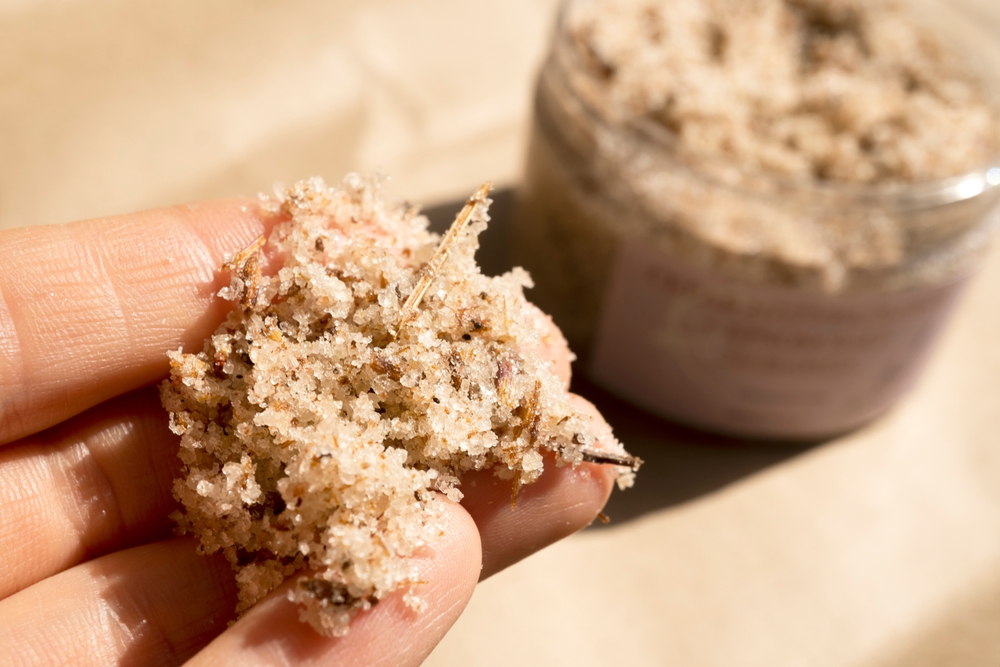
Regular exfoliation is crucial for maintaining smooth, even-toned skin that looks great in a bikini. This essential skincare step removes dead skin cells that can make skin appear dull and rough, while also helping to prevent ingrown hairs that commonly occur in bikini areas.
For the body, our dermatologists recommend gentle physical exfoliation 2-3 times weekly using products containing ingredients like fine sugar particles or biodegradable beads rather than harsh scrubs that can cause micro-tears in the skin. Chemical exfoliants containing alpha-hydroxy acids (AHAs) like glycolic or lactic acid can be excellent alternatives, especially for sensitive skin, as they dissolve the bonds between dead skin cells without physical scrubbing.
2. Address Body Acne Early
Body acne, particularly on the back, chest, and shoulders (areas often visible in swimwear), requires early intervention for effective clearance. Unlike facial acne, body blemishes often leave behind more persistent marks and take longer to resolve due to thicker skin and different oil gland activity.
Starting treatment for body acne at least 3-4 months before bikini season gives treatments enough time to work effectively and allows redness to fade. For mild to moderate body acne, our dermatologists recommend body washes containing benzoyl peroxide or salicylic acid used consistently, along with non-comedogenic moisturizers to prevent over-drying.
More persistent or severe body acne may require prescription-strength topical treatments or oral medications that need several months to show optimal results. Specialized treatments like chemical peels or certain light therapies can also be effective for body acne, but typically require a series of sessions spaced weeks apart. This is why treating acne early is essential.
3. Start Hair Removal Planning Months Ahead
Effective hair removal requires advanced planning, especially if you’re considering longer-lasting methods like laser hair removal. These treatments work by targeting hair in the active growth phase, requiring multiple sessions spaced 4-6 weeks apart for comprehensive results.
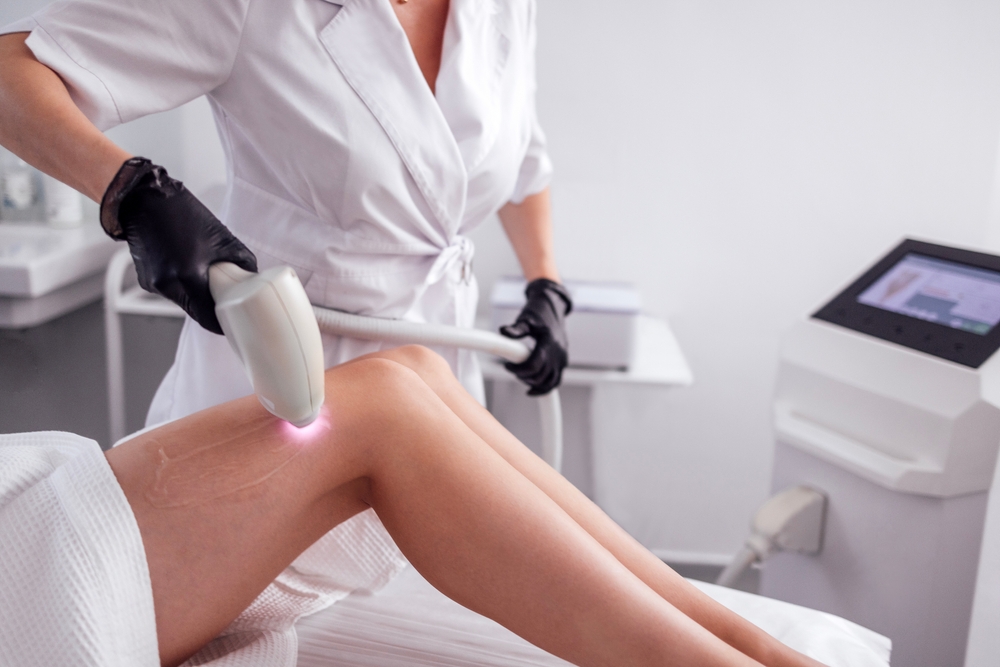
Most patients need 6-8 laser sessions to achieve significant permanent hair reduction, meaning you should ideally begin this process 6-8 months before bikini season. This timeline allows for complete treatment cycles and gives your skin time to recover between sessions, reducing the risk of irritation or hyperpigmentation.
Even if you prefer traditional hair removal methods like waxing, establishing a regular schedule throughout the year results in less painful sessions and reduced ingrown hairs compared to last-minute treatments. Consistent waxing every 4-6 weeks trains hair to grow more sparsely and finely over time, while last-minute waxing on untreated skin can cause significant irritation that’s visible in a bikini.
4. Implement a Targeted Body Skincare Routine
Many people dedicate significant time to facial skincare routines but neglect body skin that’s prominently displayed in swimwear. Creating a consistent body care routine that addresses your specific concerns is essential for year-round bikini readiness.
For concerns like keratosis pilaris (chicken skin), which commonly affects the backs of arms and thighs, daily use of specialized creams can help dissolve keratin buildup and smooth bumpy skin over time. Those concerned with crepey or lax skin can benefit from body lotions containing ingredients like niacinamide, peptides, and antioxidants that improve skin elasticity and texture when used consistently.
Steven Meeks, PA-C, from Golden State Dermatology in Sacramento, offers this advice about body skincare:
“I find that many patients invest heavily in premium facial products but use basic body lotions that don’t address their specific concerns. The skin on your thighs, abdomen, and other areas exposed in swimwear benefits tremendously from targeted active ingredients just like facial skin does. I recommend using body products with ingredients like glycolic acid for smoothing, niacinamide for evening tone, and peptides for firming – applied daily, not just before beach trips. For particularly dry areas, layering is key: use a treatment serum with active ingredients followed by a more occlusive moisturizer to seal in benefits. This consistent approach transforms skin texture and appearance over months, creating the kind of healthy, resilient skin that looks naturally beautiful in any swimwear.”
5. Consider Body Contouring Treatments Early
For those interested in professional body contouring treatments, proper timing is crucial for optimal results. Non-invasive fat reduction treatments like EmSculpt Neo, CoolSculpting, SculpSure, or EvolveX typically require 2-3 months to show maximum results as the body gradually processes and eliminates treated fat cells or builds muscle tone.
Many body sculpting patients benefit from a series of treatments rather than a single session, further extending the ideal timeline to 4-6 months before bikini season. This schedule allows for multiple treatment sessions, proper healing time between treatments, and sufficient time for the body’s natural processes to reveal final results.
It’s important to maintain realistic expectations about these treatments, understanding they’re designed for modest refinement rather than dramatic transformation. Our dermatologists recommend combining professional treatments with consistent healthy lifestyle habits for the best long-term results in maintaining bikini-ready skin.
6. Don’t Tan—Fake It Safely
A golden glow may enhance the appearance of smooth, toned skin, but traditional sun tanning and tanning beds come with serious risks, including premature aging, sunspots, and an increased risk of skin cancer. The healthiest way to achieve that bronzed bikini look is with self-tanners or professional spray tans. These options offer immediate color without UV exposure. For the most even application, exfoliate and moisturize beforehand, paying close attention to drier areas like elbows and knees.
Alison Boudreaux, MD, board-certified dermatologist at Calkin | Boudreaux, a Golden State Dermatology affiliate, emphasizes the importance of proper exfoliation techniques:
“Self-tanners and spray tan are an effective way to give the skin of the body a healthy glow. Indoor tanning with UV lights is never recommended. In fact, studies show indoor tanning use before the age of 20 can increase your risk of developing melanoma by 47%.”

Schedule Your Consultation Today
Achieving and maintaining bikini-ready skin is most successful when approached as an ongoing process rather than a seasonal goal. Starting treatments well before you need results ensures you’ll look and feel your best whenever you decide to wear swimwear.
Our dermatologists can develop a customized treatment plan tailored to your specific skin concerns and timeline, helping you choose the most effective combination of at-home care and professional treatments for your needs.
If you have questions about your skin, schedule an appointment at Calkin & Boudreaux today!
